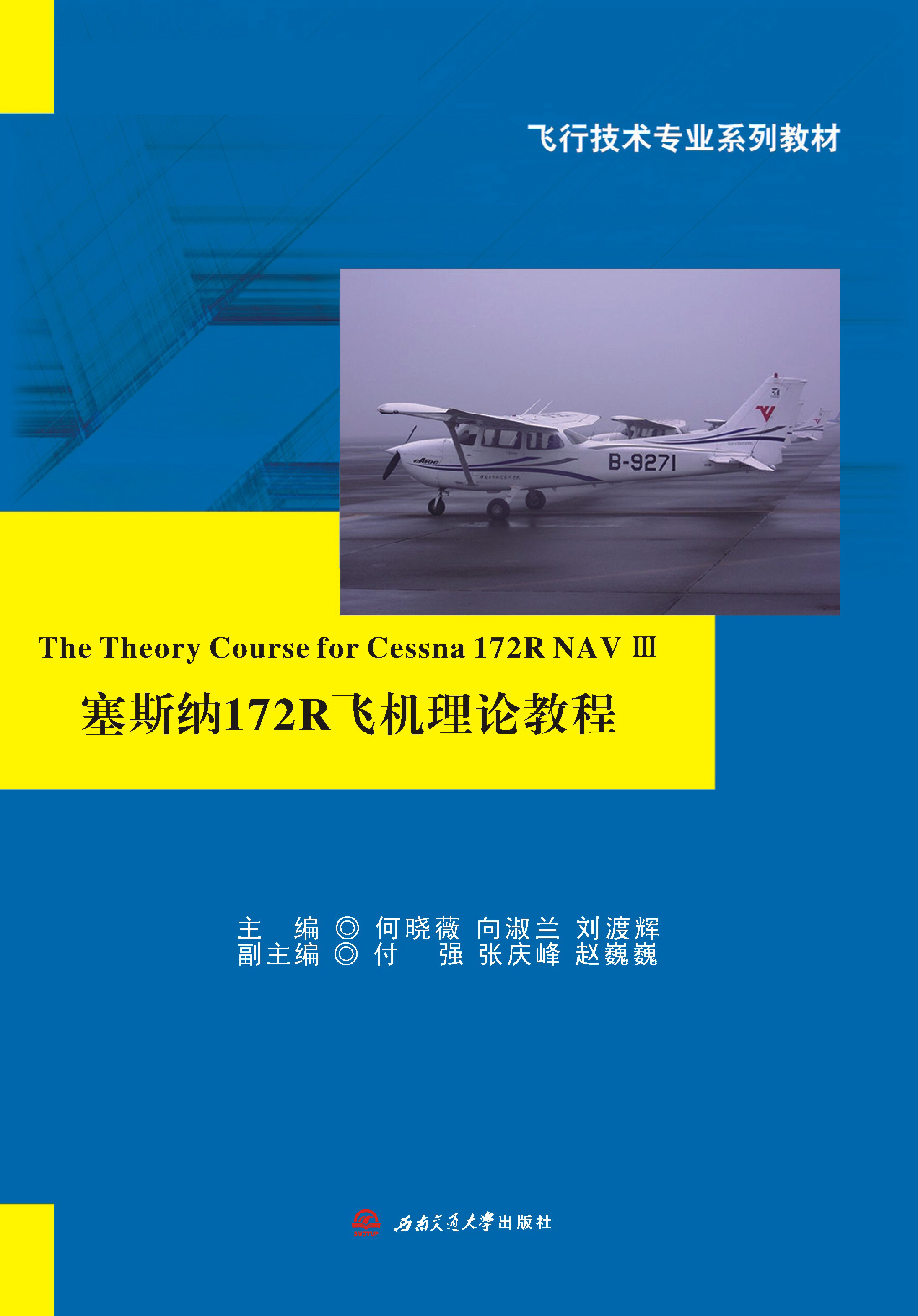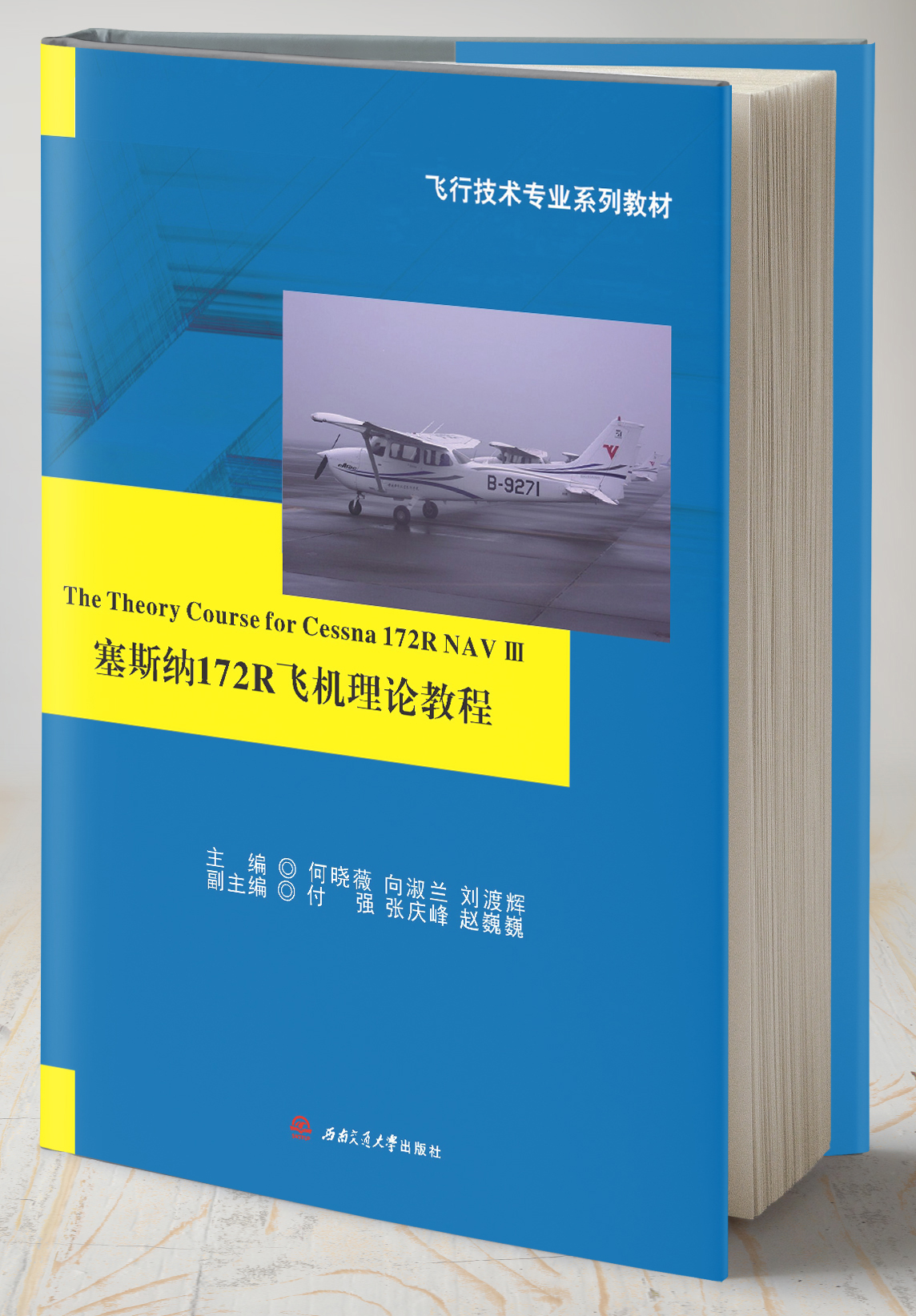-
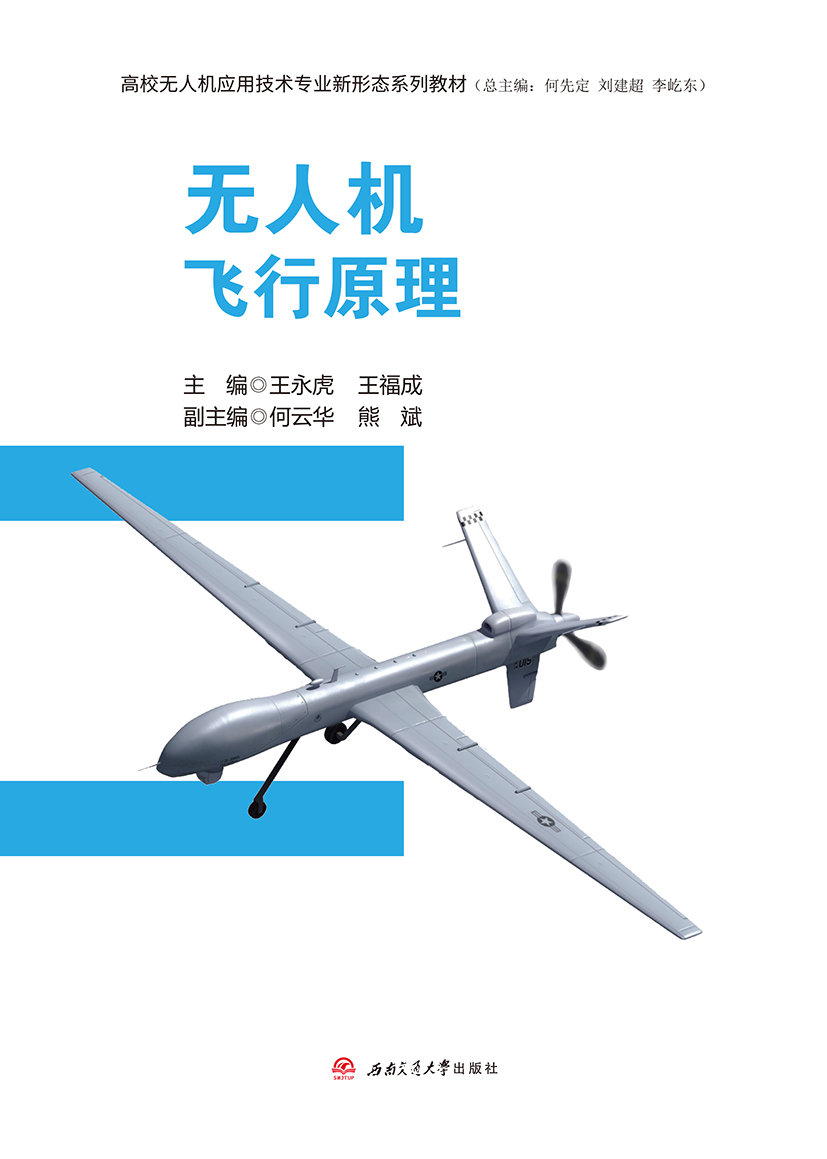 无人机飞行原理
无人机飞行原理作者:王永虎,王福成
近年来,我国无人机产业迅猛发展。工信部2017年12月发布的《关于促进和规范民用无人机制造业发展的指导意见》,以及我国航空运输协会发布的《2019中国民用无人机发展报告》等文件均显示,当前我国民用无人机产业发展势头强劲,包括无人机产品、企业、规模等都增长明显。2019年,教育部将无人机相关专业列入《中等职业学校专业目录》,全国开设无人驾驶系统工程专业的院校多达20多所,这为无人机行业的发展提供了充足的人才储备。本书为高等职业技术学院无人机专业教材。全书从无人机发展历史谈起,讲述飞行的大气环境与基本飞行理论、特征、升力与阻力、飞行原理、稳操性、单旋翼无人机特性、多旋翼无人机特性,乃至复合无人机的特性及原理,较为全面讲述了常见无人机的飞行知识,学生使用后便于进一步学习更深层次知识内容。
-
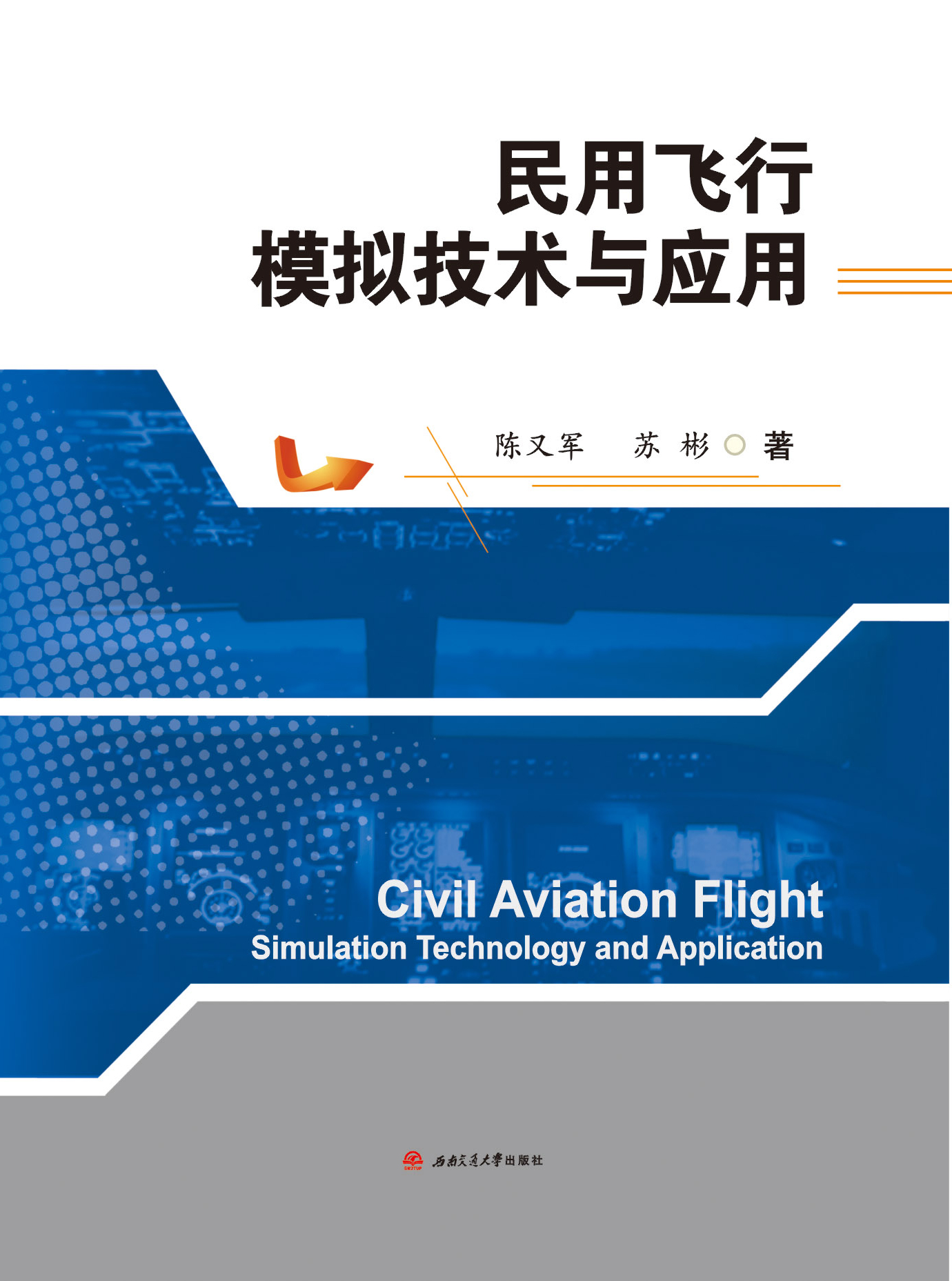 民用飞行模拟技术与应用
民用飞行模拟技术与应用作者:陈又军 苏彬
本书简述了民用飞行模拟技术的发展与现状,对飞行模拟的不同层次:飞行模拟软件、桌面飞行训练器、飞行训练器和飞行模拟机进行了详细讲解,对飞行训练器和飞行模拟机最新咨询通告的分级和认证进行了介绍和分析,同时从技术和实现上详细讲述了对飞行模拟的飞行仿真建模、驾驶舱设备仿真、航空电子设备、接口系统、操纵负荷系统、视景系统、音响系统、运动系统和教员控制台,并以小鹰-500飞行训练器研制项目为案例,讲解和分析了飞行训练器的技术开发过程。本书从飞行模拟工程实际出发,力求理论与实用性相结合。本书可作为民航航空工程、飞行模拟方向专业教辅用书,也可作为飞行模拟设备研究参考书籍。
-
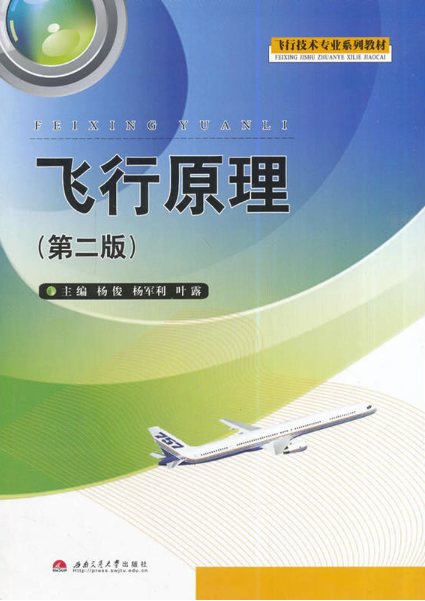 飞行原理(第二版)
飞行原理(第二版)作者:杨俊, 杨军利, 叶露
全书共10章,分别介绍飞机和大气的基本知识、飞机空气动力学基础、螺旋桨空气动力、飞机稳定性和操纵性、飞机的基飞行状态和飞行性能、飞机的特殊飞行、重量与平衡等。
图书分类
Book classification- 塞斯纳172型飞机由美国塞斯纳飞机公司生产,主要用于飞行训练教学和私人飞行。本书在编写过程中注重吸收国内外同类教材的优点,以飞行技术专业学生必须掌握的机型理论知识为主线,突出各系统理论、原理及使用,并将飞行中的正常操作程序和故障处理方法融入其中。本书主要讲述塞斯纳172R飞机的结构系统、发动机、电气系统、仪表及G1000系统、飞行性能、飞机飞行程序等内容。注重知识的系统性,力求做到文字通俗易懂、图...查看更多
- preface
Cessna 172 airplanes are manufactured by Cessna Aircraft Company in USA. This book helps readers get mu...查看更多
-
contents
Chapter 1 Aircraft Structure and Systems 1
1.1 Aircraft General 1
1.2 Aircraft&nbs...查看更多 - 何晓薇,中国民航飞行学院教务处副处长,主要从事航空电子、通信和导航等方面的教学和科研工作。主持参与多项中国民航局科研项目。在省部级以上学术刊物上发表学术论文40余篇,主(参)编教材6部。

